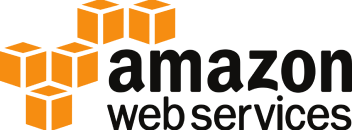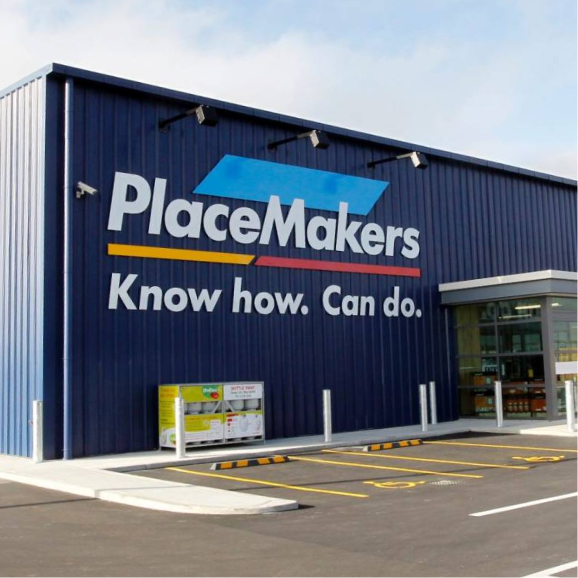Life has changed. As has the way we work. The pandemic has accelerated the adoption of new and better ways to run software projects.
We develop, implement, integrate and deliver using Agile methodologies every day. We are firm proponents of SAFe (Scaled Agile Framework), and we use it to help our enterprise clients achieve the benefits of Lean-Agile software and systems development at scale. We believe that SAFe – done right – brings surety and success to your project.
Through our hands-on experience, we’ve learned from our perspective what works and what doesn’t work. So, we’re sharing some of our suggested dos and don’ts for those of you who are new to SAFe.
But first, a quick look at what SAFe is, and what a SAFe Agile team is.
What do you need to know about SAFe?
Scaled Agile is the official home of SAFe training. They define SAFe as ‘the world’s leading framework for scaling Agile across the enterprise. Used by hundreds of the world’s largest organizations, SAFe sustains and drives faster time-to-market, dramatic increases in productivity and quality, and improvement in employee engagement.’
And we’d agree. The facts speak for themselves. Using an agile framework will realise:
- A 20-50% increase in productivity
- A more than 50% increase in quality
- A 30-76% faster time to market
- Increased employee engagement and job satisfaction
SAFe is based on integrated principles and practices which have been proven by real teams (like ours) to deliver successful software projects. Indicative of its success and business value, 70% of the Fortune 100 have adopted SAFe, and there are over 600,000 trained and certified SAFe practitioners.
What is a SAFe Agile team?
Scaled Agile Framework offer up this definition: ‘The SAFe Agile team is a cross-functional group of 5-11 individuals who can define, build, test, and deliver an increment of value in a brief timebox. These teams have the authority and accountability to manage their own work, which increases productivity and reduces time-to-market. Agile teams commit to small batches of work, allowing them to shorten feedback cycles and adjust to changing needs.’
While the above summary is a nice, neat package (you can deep-dive here if you’d like to know more), like anything, there can be unforeseen complexities. From our experience, here are our suggestions to help you and your team achieve the success you envisage.
7 ways to do SAFe right (our do list)
- Keep it real. Remember to filter and apply the principles of SAFe in real life and adapt them to your needs. Bear in mind the size of the company and team, their requirements, and individual skillsets. Every team and company are different, and what works well for one won’t necessarily work well for another.
- Communicate! Keep all teams informed about all features, so they have a good understanding of where they fit in the big picture. It’s essential to keep communication flowing between teams – you don’t want to end up with dependencies on another team, or a dependency on your team that you didn’t plan for or know about.
- Be flexible. A plan is just a plan, and it can be adjusted as needed. There are going to be things you didn’t plan for, so keep that in mind when making your initial plan.
- Promote alignment. Make sure everyone has bought into the same story. It’s critical to have a common understanding of the point of the story so that you don’t underestimate or overestimate the effort required. Take the time to get this right. It’s always better to overestimate than underestimate.
- Take the time to understand the story. You can’t correctly estimate the time needed if you don’t fully understand the scope. Project owners can help by spending time to refine the stories and making sure that team members ask questions about anything they don’t understand.
- Be prepared. And do it before meetings (such as iteration planning). Prepare and distribute an agenda. Do your research in advance to understand stories, potential questions and make sure that meetings don’t take longer than they need to. Likewise, be organised during and after meetings. Take notes and make sure the rest of the team have a copy to reinforce a common understanding of goals, requirements, and actions.
- Break it down. Turn large stories into more manageable tasks so you can keep track of who is doing what, what’s been done, and what’s left to do so that you can plan accordingly. So that you don’t forget ideas and issues, make sure to update tasks with notes and comments where needed.
6 SAFe project pitfalls to avoid (the don’t list)
- Don’t be too rigid! It’s all too easy to get trapped by rules or doing things by the book. Remember, not everything in SAFe will apply to your team and requirements, and not all meetings are important. If a meeting doesn’t have a clear agenda – don’t have the meeting.
- Don’t overload one person. Stories are estimated on group efforts, but you need to consider the effort of the individual as well. Don’t write stories that only relate to the work of one person. Stories that involve many people help spread the workload, so it’s manageable and fair.
- Be wary of falling into a waterfall-agile fusion – it’s easy to do. Only expend just enough time and effort on the upfront design to enable the development team to get started. For example, developers may mock up an API implementation to enable other teams to begin on their development, while continuing to develop the real one. And don’t wait to develop the entire application before testing – once a piece of functionality is finished hand it over! A common outcome of falling into fusion mode is that one iteration is entirely design, the next entirely development, and the one after that is entirely testing. Result = wasted team member capacity.
- Don’t ignore time for innovation and upskilling. It may seem like a good idea to focus on feature related tasks, but in the long term, it’s more important to emphasise t-shaped upskilling so that team members can work on any task without restriction. Innovation is also vital in preparing for the next iteration and planning to overcome problems and make improvements.
- Don’t ignore accumulated tech debt. If you do, we promise it will come back to bite you! There are going to be times you will need to cut corners to make deadlines, but don’t forget about fixing those cut corners later on when you have time (if you ignore them they will likely cause you complications or indirectly add to your workload). Keep a record of any backlogged tasks to schedule in and complete when you have some spare time.
- Don’t wholly skip documentation. Other team members are still going to need to understand how to work with what you produce and support it.
Summary
As we mentioned at the start, we use SAFe all the time. If it’s new to you, we hope our ‘do and don’t’ lists help guide you through some of the first-time decisions you’ll need to make.
Reference material:
https://www.guru99.com/scaled-agile-framework.html (© Scaled Agile, Inc.)
Author: Dragos Buleandra – Principal Consultant
Co-Author: Rhiannon Rogers – Technical Analyst, Developer



















